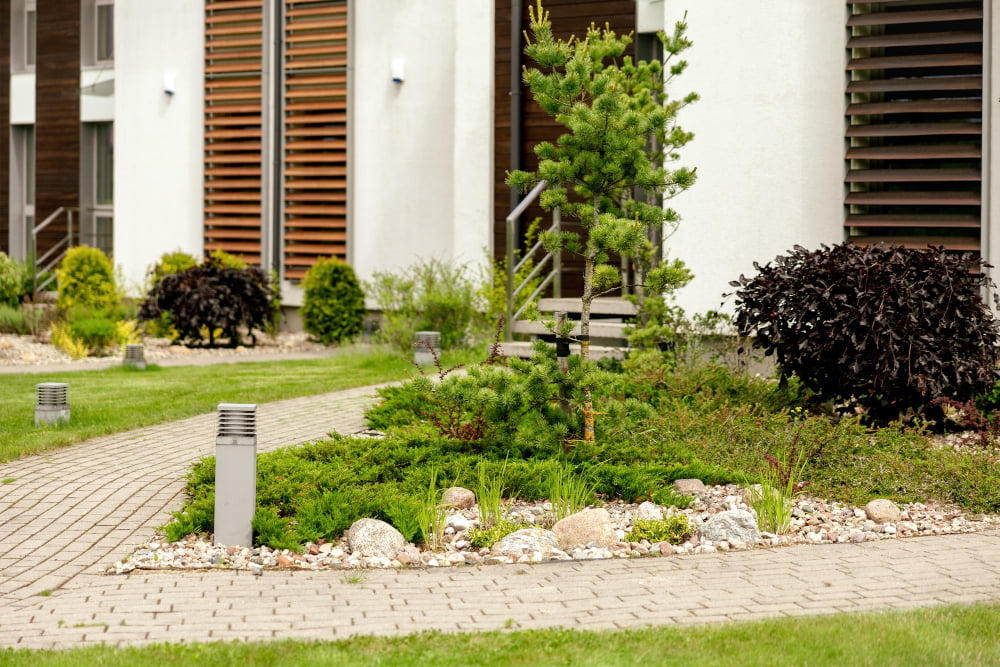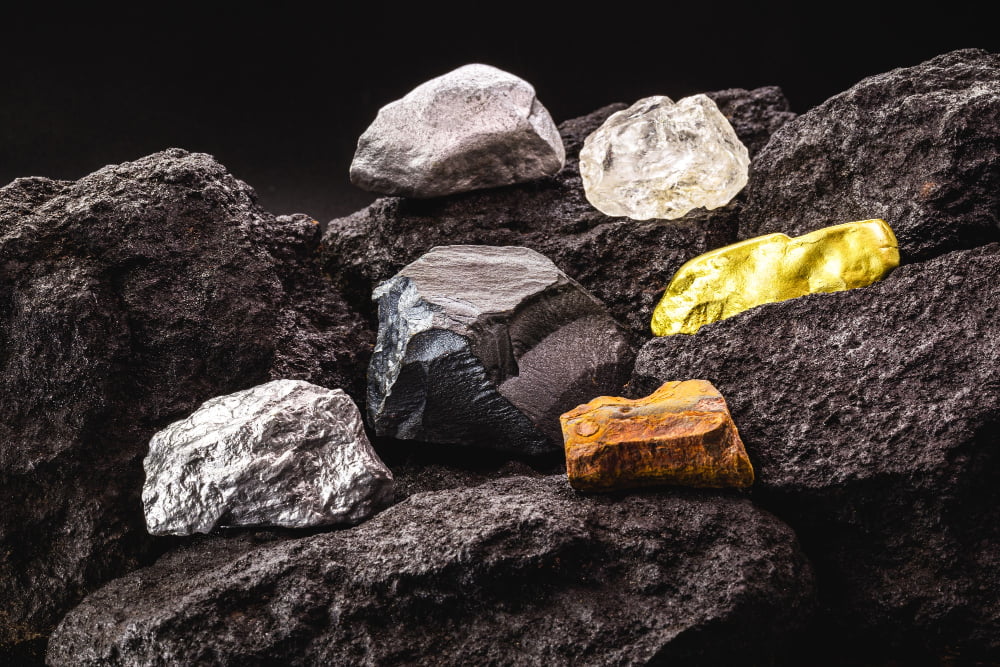You can incorporate edible plants into your landscaping design by adding fruit trees, herbs, and vegetables to the area.
Are you looking for ways to make your landscaping design more interesting and unique? Incorporating edible plants is a great way to add an element of beauty, functionality, and sustainability to any outdoor space.
In this blog post, we’ll explore the many benefits of incorporating edible plants into your landscaping design, as well as provide tips on how to get started.
Whether you’re a novice gardener or an experienced landscaper, this guide will help you create a beautiful and productive outdoor space that everyone can enjoy!
Types of Edible Plants

There are many different types of edible plants that can be incorporated into your landscape, each with its own unique characteristics and benefits. Some of the most popular edible plants include fruits, vegetables, herbs, nuts, and berries.
Fruits such as apples, oranges, pears, peaches and plums can provide a sweet addition to any garden or yard. Vegetables like tomatoes, peppers, squash and beans can provide a nutritious source of food for you or your family.
Herbs like basil or oregano can add flavor to dishes while also providing an attractive element in the landscape design. Nuts such as almonds or walnuts offer both nutrition and visual appeal when planted in clusters around the garden area.
Berries like strawberries or blueberries make for an eye-catching display while also providing delicious snacks throughout the summer months. Incorporating these various types of edible plants into your landscaping design is sure to create a beautiful yet functional outdoor space that you will enjoy for years to come!
Soil Requirements
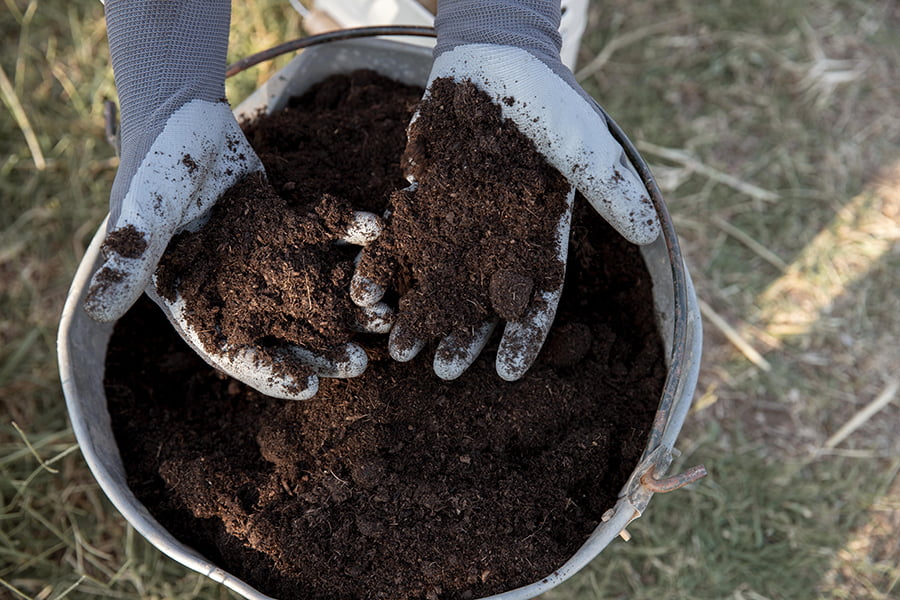
The soil must be able to provide the necessary nutrients for the plants to grow and thrive. It should also have good drainage, as too much water can lead to root rot or other problems.
It should be loose enough for roots to spread out and take hold in the ground. The pH level of the soil is also important; most edible plants prefer slightly acidic soils with a pH between 6 and 7.
Organic matter such as compost or manure can help improve soil structure and fertility over time.
Climate Considerations
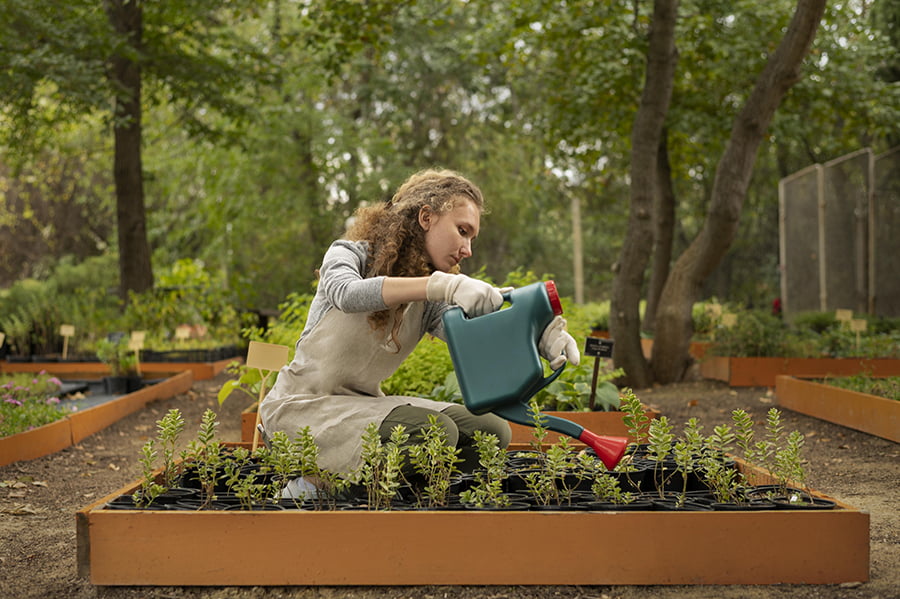
Depending on the climate of the area, certain edible plants may be more suitable than others. For example, in colder climates, hardy vegetables such as kale and cabbage can survive through winter months while tropical fruits like mangoes and papayas will not thrive.
Some edible plants require more water than others to grow successfully; for instance, cacti need very little water whereas lettuce needs regular watering to stay healthy. Understanding the local climate is essential for selecting the right edible plants that will thrive in your landscaping design.
Companion Planting
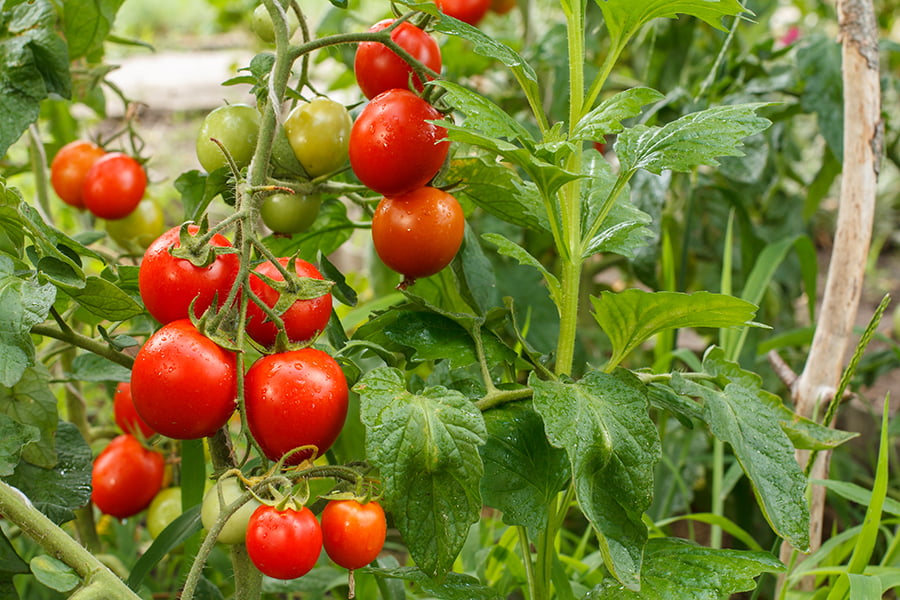
This method takes advantage of the beneficial relationships between certain plants, such as those that attract pollinators or repel pests. When used correctly, companion planting can help create a more productive and attractive garden space.
For example, some edible plants like tomatoes can be planted alongside herbs like basil to increase flavor and pest resistance. Flowers like marigolds can be planted near vegetables to attract beneficial insects while repelling harmful ones.
By carefully selecting which edible plants are placed together in the landscape design, gardeners can take full advantage of the benefits offered by companion planting.
Water Needs
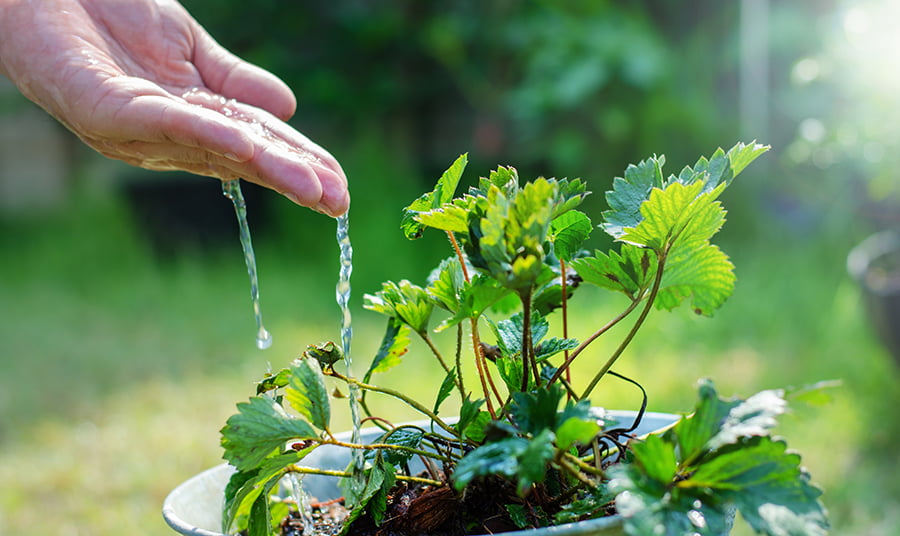
The amount of water needed by each plant will vary depending on the type of plant and its environment. For example, some plants may require more frequent watering than others, while some may need less.
Certain climates or soil types can affect how much water a plant needs in order to thrive. It is important to research the specific requirements for each edible plant before adding it to your landscape design in order to ensure that it receives enough water for optimal growth and health.
Harvesting Techniques

This includes knowing when and how to pick fruits, vegetables, herbs, and other edible plants in order to maximize their flavor and nutritional value. Harvesting at the right time is essential for ensuring that the plant produces its best quality product.
Harvesting correctly can help prevent damage or disease from spreading throughout a garden or landscape. There are several different techniques that can be used depending on the type of plant being harvested.
For example, some fruits may need to be picked by hand while others may require cutting with pruning shears or scissors. Herbs should be cut just above where new growth begins in order to encourage further growth and production of leaves.
Vegetables should also be harvested at their peak ripeness in order for them to have maximum flavor and nutrition content. Proper harvesting techniques will ensure that your edible plants remain healthy and productive for years to come!
Pest Control Methods
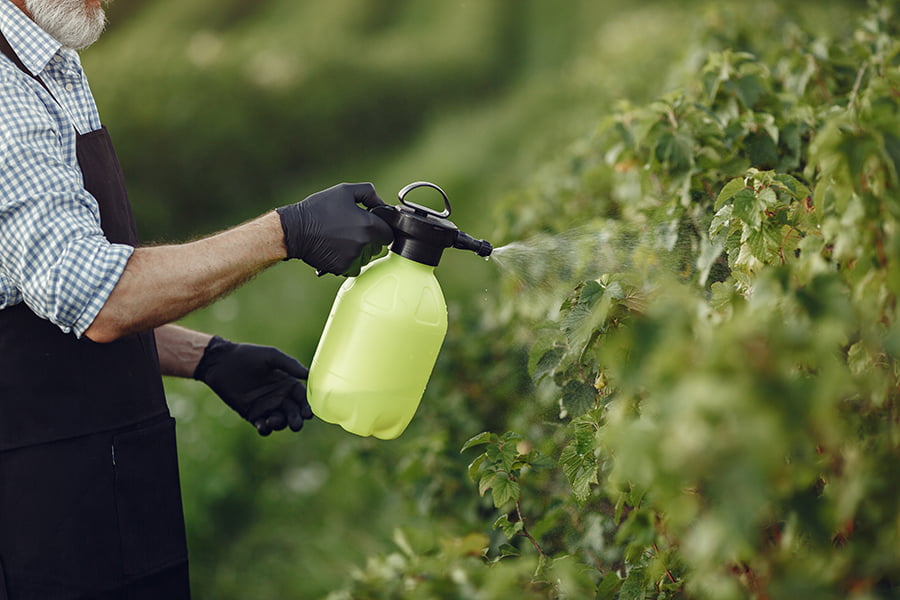
There are several methods that can be used to keep pests away from the plants, such as using natural predators, physical barriers, and chemical treatments. Natural predators include beneficial insects like ladybugs and praying mantises which feed on common garden pests like aphids and caterpillars.
Physical barriers can be created by using netting or row covers to protect the plants from flying insects or other animals. Chemical treatments involve applying insecticides or fungicides to the plant in order to kill any pests that may have already infested it.
All of these methods should be used together for maximum effectiveness in controlling pest populations around edible plants in a landscaping design.
Design Elements Such As Pathways and Seating Areas

One way to do this is by incorporating design elements such as pathways and seating areas. Pathways are a great way to create visual interest in the landscape while also providing access to different parts of the garden.
Seating areas provide a place for people to relax, enjoy their surroundings, and harvest their edible plants. When designing pathways and seating areas, it’s important to consider how they will interact with the edible plants in your garden.
For example, you may want to create pathways that lead directly from one area of the garden to another so that visitors can easily access all of your edible plants without having to walk through other parts of the landscape. You may want to incorporate benches or chairs near certain types of edibles so that visitors have somewhere comfortable where they can sit while harvesting or enjoying their bounty!
Also interesting:


